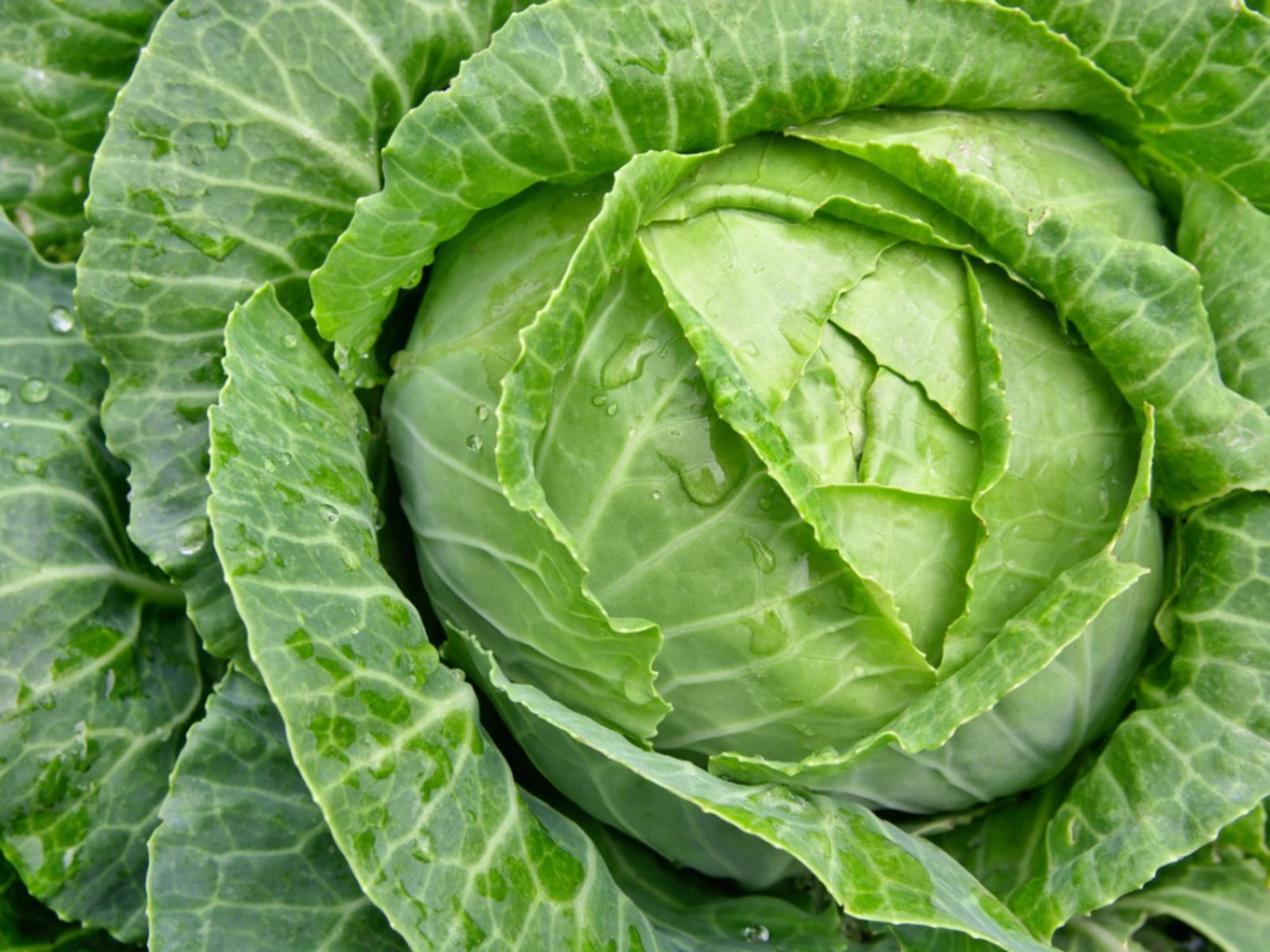Tips To Control Cabbage Maggot In The Garden


The cabbage root maggot is responsible for many home gardens suffering a total loss of their root vegetables and cole crops. The control of cabbage maggot is simple but doesn't need to be done correctly in order to be effective. Keep reading to learn how to get rid of cabbage maggots and their damage from your garden.
What are Cabbage Maggots?
Cabbage root maggots are the larval stage of the cabbage root fly. The cabbage root fly is a small gray fly that looks like a house fly, but more slender. The cabbage root fly will lay its eggs at the base of a plant and when the eggs hatch they become small, white, legless worms. Cabbage root fly eggs can only hatch in cool weather, which is why these pests attack mostly cool weather crops. Most commonly they will attack:
Symptoms of Cabbage Root Maggot
While not a sure sign of cabbage maggots, if the leaves of your plants start to wilt, check the roots of the plant for cabbage root maggots. Their damage to the roots will often cause the leaves to wilt. Unfortunately, the easiest way to tell if you had cabbage root maggots is after you harvest and the damage to the root crops is visible. The roots will have tunnels or holes in them. Also, in the early spring, if you see cabbage root flies around your garden, you can expect they are laying eggs and that cabbage maggots will be at your plants soon.
How to Get Rid of Cabbage Maggots
It is nearly impossible to control cabbage maggots themselves. Once they are in the roots of your plants, you have little choice but to pull the plants and destroy them in order to try to stop the cabbage root maggots from returning next year. The only effective control of cabbage root maggots is really cabbage root fly control. When you control the cabbage root fly, you will prevent the maggot from getting into your garden in the first place. Cabbage root fly control is best done with placing row covers over plants during the spring. This will keep the cabbage root fly from being able to lay their eggs at the base of the plants and stops the cycle. At this time, there are no effective cabbage root fly insecticides. Your best bet, if you would like to try an insecticide, is to cover the soil around the base of the plants with a powdered insecticide of some kind. However, be aware that these sorts of insecticides aren't proven to be fully effective at killing the cabbage root fly before it is able to lay its eggs. Note: Any recommendations pertaining to the use of chemicals are for informational purposes only. Specific brand names or commercial products or services do not imply endorsement. Chemical control should only be used as a last resort, as organic approaches are safer and more environmentally friendly.
Gardening tips, videos, info and more delivered right to your inbox!
Sign up for the Gardening Know How newsletter today and receive a free copy of our e-book "How to Grow Delicious Tomatoes".

Heather Rhoades founded Gardening Know How in 2007. She holds degrees from Cleveland State University and Northern Kentucky University. She is an avid gardener with a passion for community, and is a recipient of the Master Gardeners of Ohio Lifetime Achievement Award.
-
 Looking For Plants To Give You The Soft And Fuzzies? Try These 5 Fuzzy Leaf Plant Options
Looking For Plants To Give You The Soft And Fuzzies? Try These 5 Fuzzy Leaf Plant OptionsLovers of texture, drama, silver foliage and tactile plants will adore these special sensory garden additions. These fuzzy leaf plant options will leave you all aglow
By Susan Albert
-
 Get Ready For A Summer Of Hummers! Grow These Full Sun Hummingbird Plants and Flowers
Get Ready For A Summer Of Hummers! Grow These Full Sun Hummingbird Plants and FlowersIf you’re lucky enough to enjoy a sunny backyard, make sure you are maxing out on your pollinator opportunities and grow these full sun hummingbird plants and flowers
By Tonya Barnett